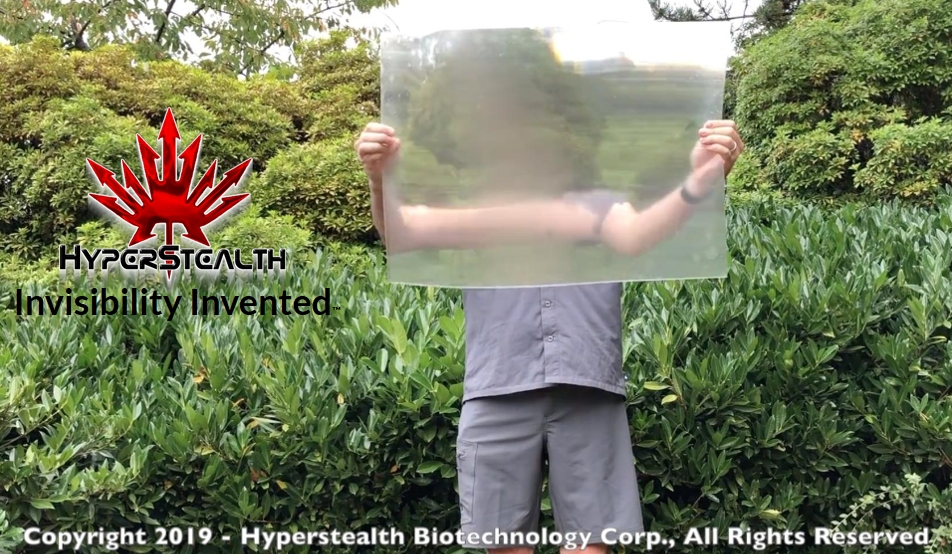Quantum stealth technology, often termed "invisibility tech," leverages cutting-edge physics, particularly metamaterials and quantum effects, to manipulate electromagnetic waves. It aims to render objects undetectable across specific spectra, primarily visible light and radar. Understanding its current state and trajectory requires addressing key scientific and engineering questions.
The Core Principle: Wave Manipulation
Unlike fictional cloaking devices, quantum stealth doesn't make objects vanish. Instead, it meticulously controls how light (and other EM radiation) interacts with an object and its surroundings. Metamaterials, engineered at nano-scales, possess unique electromagnetic properties not found in nature. They can bend, channel, or redirect light waves around an object, reconstructing the image behind it with minimal distortion. Quantum tunneling effects might also play a role in suppressing reflections.
Top Questions Addressed
- Is true invisibility possible? Broad-spectrum invisibility (simultaneously cloaking across visible light, infrared, radar, etc.) remains a distant goal. Current prototypes achieve limited-band cloaking under controlled laboratory conditions for specific wavelengths (e.g., microwaves or specific visible frequencies).
- What are the main limitations? Challenges include achieving invisibility over a wide viewing angle, across a broad spectrum of light/radiation, for dynamically moving objects, and scaling the technology effectively for large, complex, or irregular surfaces. Energy requirements and material robustness are significant hurdles.
- Quantum vs. Optical Camouflage: What's the difference? Quantum stealth focuses on fundamentally altering wave-object interaction using novel materials/effects. Active optical camouflage (e.g., using cameras and displays) mimics the background on an object's surface; it's technologically simpler but often less convincing and highly dependent on viewing perspective and lighting.
- Military application potential? Near-term military R&D focuses on reducing detectability in specific signatures crucial for survival on the battlefield: radar cross-section (stealth aircraft), infrared signatures (heat masking), acoustic signatures, and visual camouflage optimized against sensors (e.g., night vision). Perfect visual cloaking is not the primary near-term defense focus.
- Civilian applications on the horizon? Tangible near-future civilian uses involve enhancing performance in areas reliant on controlling electromagnetic waves, such as advanced anti-glare coatings, improved photovoltaics, better LiDAR systems for autonomous vehicles, and minimizing signal interference in telecommunications. Medical imaging enhancement is another research avenue.
Future Trajectory & Realistic Expectations
Progress will likely be incremental. Expect advancements in narrowband cloaking for specific wavelengths before broader spectrum solutions. Significant innovation in dynamic, tunable metamaterials and efficient control systems is needed. While popular culture depicts ubiquitous invisibility cloaks, the foreseeable future holds highly specialized systems addressing specific detection methods like radar or infrared, with multi-spectral stealth being the ultimate, long-term aspiration.








